Update on my compost
organic_flutterby
10 years ago
Related Stories
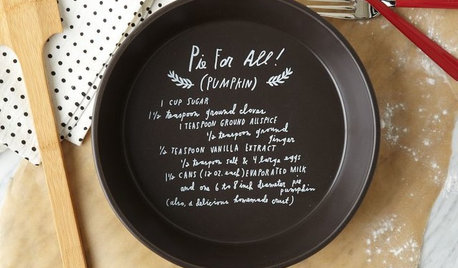
PRODUCT PICKSGuest Picks: Fall Entertaining Favorites
Make autumn feasts a piece of cake with chic compostable plates, pretty glasses, pie accessories and more
Full Story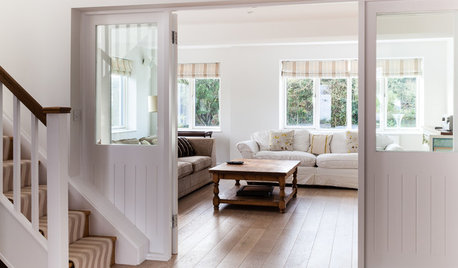
BUDGET DECORATING9 Tricks to Boost Your Home’s Appeal for Less Than $400
Whether you’re redecorating or just doing a quick update, check out these ways to enhance your home on a budget
Full Story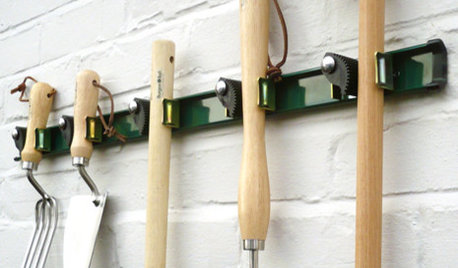
GARDENING AND LANDSCAPINGGuest Picks: Essentials for the Classic Garden
Get ready for spring gardening by replacing your rusty tools with these attractive updates
Full Story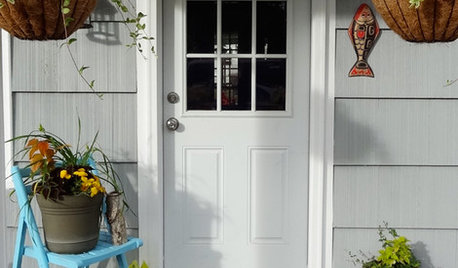
LANDSCAPE DESIGN10 Simple Ways to Personalize Your Front Entry
Set a welcoming tone for your home with stylish updates to your doorway, pathway and porch
Full Story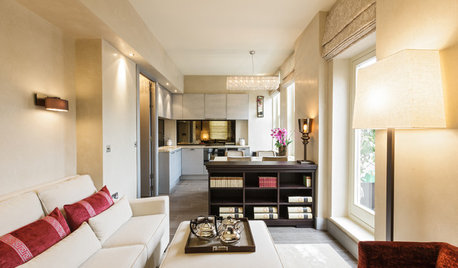
CONTEMPORARY STYLEHouzz Tour: Sophistication and Style in a Compact London Flat
A dysfunctional Victorian-era apartment gets a glamorous update that reconfigures rooms and adds visual interest
Full Story
DECORATING GUIDESPop Culture Watch: 12 Home Trends from the '80s Are Back
Hold on to your hat (over your humongous hair); interior design elements of the 1980s have shot forward to today, in updated fashion
Full Story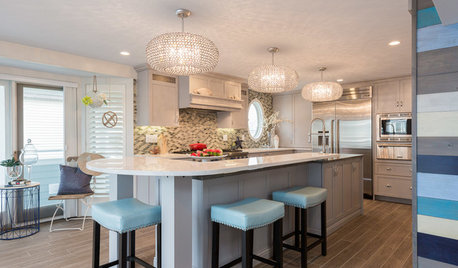
KITCHEN OF THE WEEKKitchen of the Week: Beachy Good Looks and a Layout for Fun
A New Hampshire summer home’s kitchen gets an update with a hardworking island, better flow and coastal colors
Full Story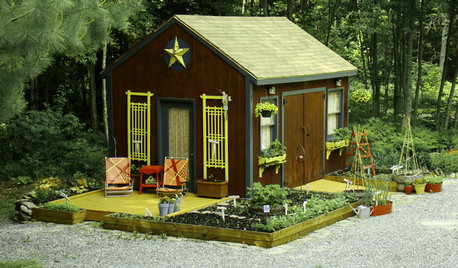
GARDENING AND LANDSCAPINGDig This Garden Shed Makeover for Less Than $300
New paint, accessories and raised vegetable beds turn a drab outpost into a colorful charmer
Full Story
INSIDE HOUZZUsing Houzz: Create a Home To-Do List
See how to use an ideabook to keep track of your home projects this year
Full Story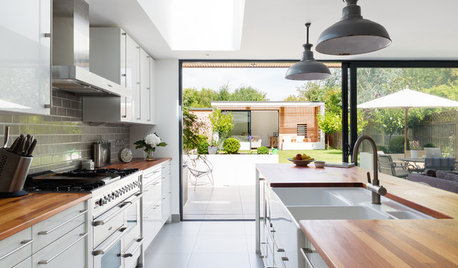
KITCHEN DESIGNA Designer Shares Her Kitchen-Remodel Wish List
As part of a whole-house renovation, she’s making her dream list of kitchen amenities. What are your must-have features?
Full Story





ericwi
JonCraig
Related Professionals
Fitchburg Landscape Architects & Landscape Designers · Rancho Cordova Landscape Architects & Landscape Designers · Woodinville Landscape Architects & Landscape Designers · Bedford Landscape Contractors · Bridgeview Landscape Contractors · Canton Landscape Contractors · Eagle Landscape Contractors · Elkridge Landscape Contractors · Elmhurst Landscape Contractors · Emmaus Landscape Contractors · Atlantic City Decks, Patios & Outdoor Enclosures · Coatesville Decks, Patios & Outdoor Enclosures · Fort Myers Decks, Patios & Outdoor Enclosures · Lauderdale Lakes Decks, Patios & Outdoor Enclosures · Methuen Decks, Patios & Outdoor EnclosuresKimmsr
organic_flutterbyOriginal Author
ericwi
lonmower
seysonn
Kimmsr
organic_flutterbyOriginal Author
japus
organic_flutterbyOriginal Author
toxcrusadr
japus
organic_flutterbyOriginal Author
seysonn
japus
flavio
Kimmsr
organic_flutterbyOriginal Author
toxcrusadr